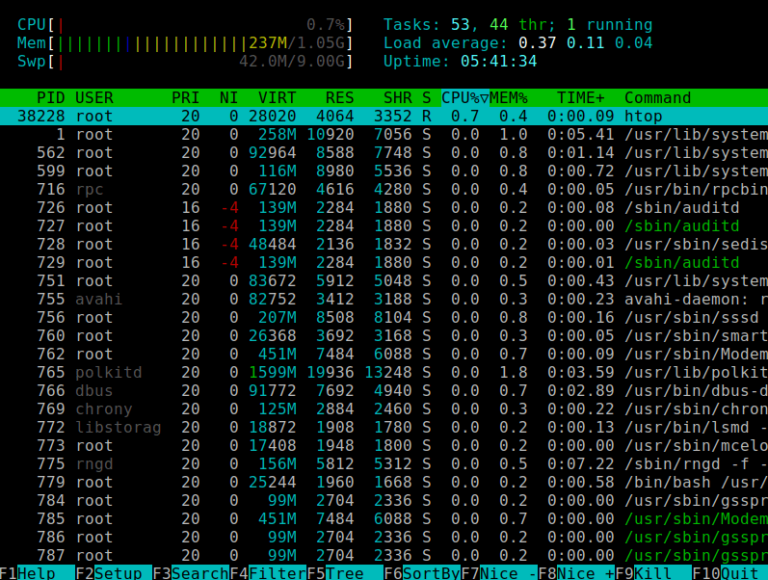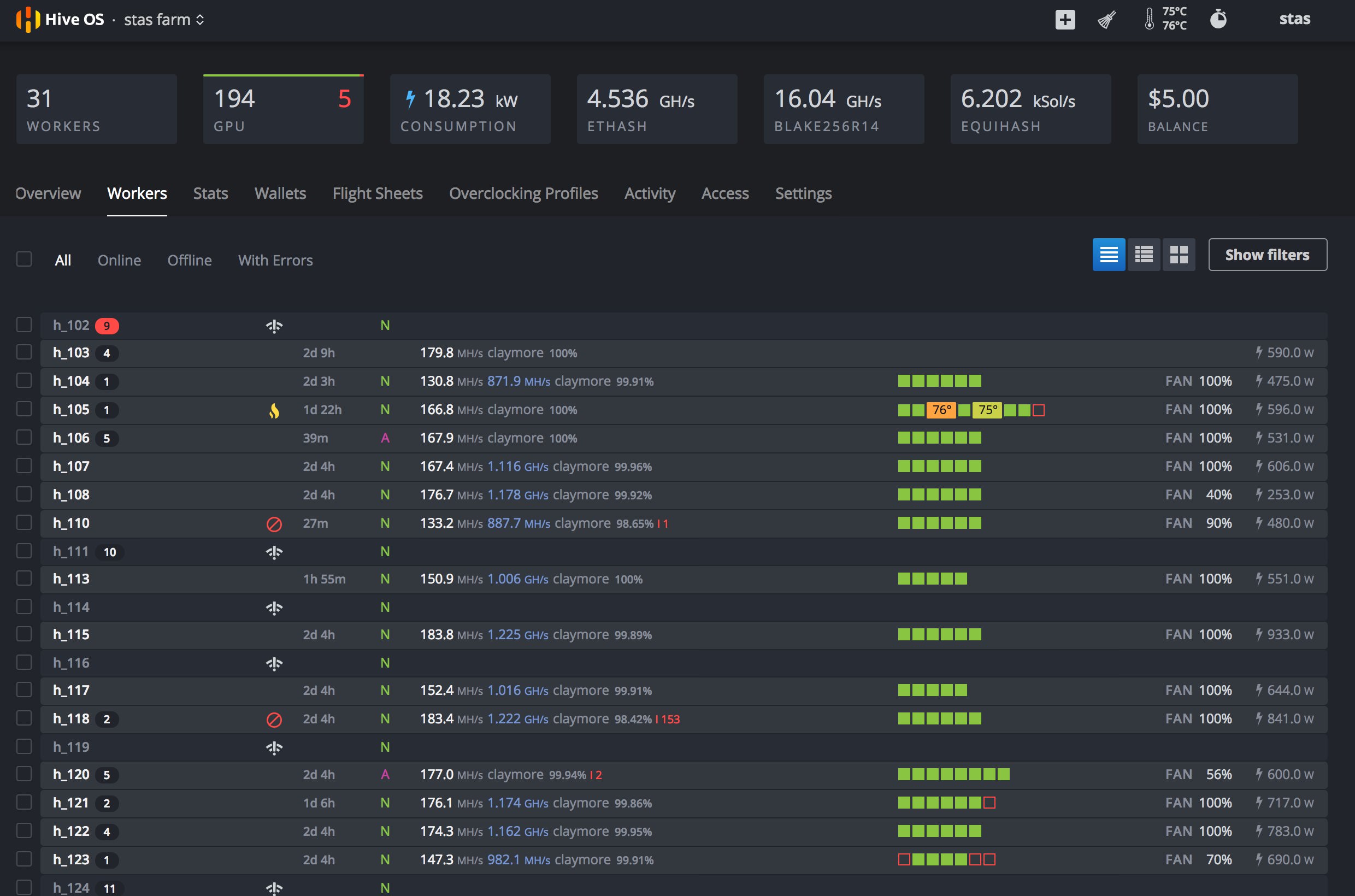

- #Linux process monitor gui how to#
- #Linux process monitor gui install#
- #Linux process monitor gui free#
- #Linux process monitor gui windows#
Let’s wait and see how this tool is getting matured over a period of time. This tool is just a prototype and many more features like IOWait, Support for Intel and AMD GPU, Dark Mode, kill the process, sort, etc. Sysmon Linux Process Monitor Sysmon Linux Network and Disk Monitor Sysmon Linux CPU and Memory Monitor
#Linux process monitor gui free#
To launch sysmon, simply type sysmon at the terminal. Monit Linux Process and Services Monitoring Monit is a free open source and web-based process supervision utility that automatically monitors and manages system processes, programs, files, directories, permissions, checksums, and filesystems.
#Linux process monitor gui install#
The preferable method is to install packages using PIP, as PIP handles all the dependency and keeps the installation simple. SysGauge is a free system and performance monitoring utility allowing one to monitor the CPU usage, memory usage, disk space usage, disk activities and. Now the dependency is satisfied and good to install sysmon by cloning the repo from GitHub. $ pip3 show pyqt5 numpy pyqtgraph # show detailed information about packages. $ pip show pyqt5 numpy pyqtgraph # show detailed information about packages. You can check the list of installed packages from pip using the following commands. But when following this method you have to make sure the dependent package (numpy, pyqtgraph, pyqt5) is installed separately. Install Sysmon Using GitHub RepoĪlternatively, you can pull the repository from Github and install the package. If you have an Nvidia GPU, nvidia-smi has to be installed to monitor it. NOTE: Depending upon how you configured PIP you need to use PIP or PIP3, sometimes PIP3 will be a symbolic link to PIP. Sysmon depends on the following packages pyqtgraph, numpy, and pyqt5. Since sysmon is written in python, you need to have a python package manager PIP setup in your machine.
#Linux process monitor gui how to#
In this article, you will learn how to install and use the Sysmon monitoring tool in Linux desktop systems. WLAN link bandwidth is constantly updated.
#Linux process monitor gui windows#
Sysmon adds all the features to a single place similar to the Windows Task Manager. This is a Graphical visualization tool that visualizes the following data.īy default distribution like Ubuntu comes with a system monitor tool, but the drawback with the default monitor tool is it does not display HDD, SSD, and GPU loads. This avoids needless navigation through different views which usually is very time consuming.

There's just one view of htop which displays everything.

It is invoked by pressing Application System Tools. This is the GUI Task Manager in CentOS 7. The pidof command will display the PID(s) associated with any running process. Using gnome-system-monitor to display the nice level in GUI mode. Kill takes arguments in the form of a Process ID (PID). SIGKILL (9) - Sends the "kill" command to a PID (destructive).SIGSTOP (19) - Sends the "stop" command to pause a process.SIGTERM (15) - Sends the "terminate" command to a PID (default).The kill command provides several methods to terminate a process: If you are using a desktop client or have a GUI installed, there should be a graphical tool for monitoring system usage. Left click any window to kill the process associated with that window. The cursor will turn into a small 'x'.Launching xkill allows users to click and force close applications. Select the application and click End Process.Locate frozen and hanging applications.Press Super and type system monitor, then hit Enter.This tool provides a GUI and functionality similar to the Windows Task Manager. The System Monitor application comes prepackaged in Pop!_OS. Close Specific Applications or Windows Using System Monitor (GUI) The System Monitor application provides a GUI with features similar to the Windows Task Manager, running xkill allows users to close programs with a mouse click, and the kill command can end single or multiple processes from the Terminal.Ĭaution: Suddenly terminating processes can result in unwanted data loss or system stability issues. Linux offers many methods to stop hanging or frozen processes. Closing Frozen Processes, Applications, and Desktops


 0 kommentar(er)
0 kommentar(er)
